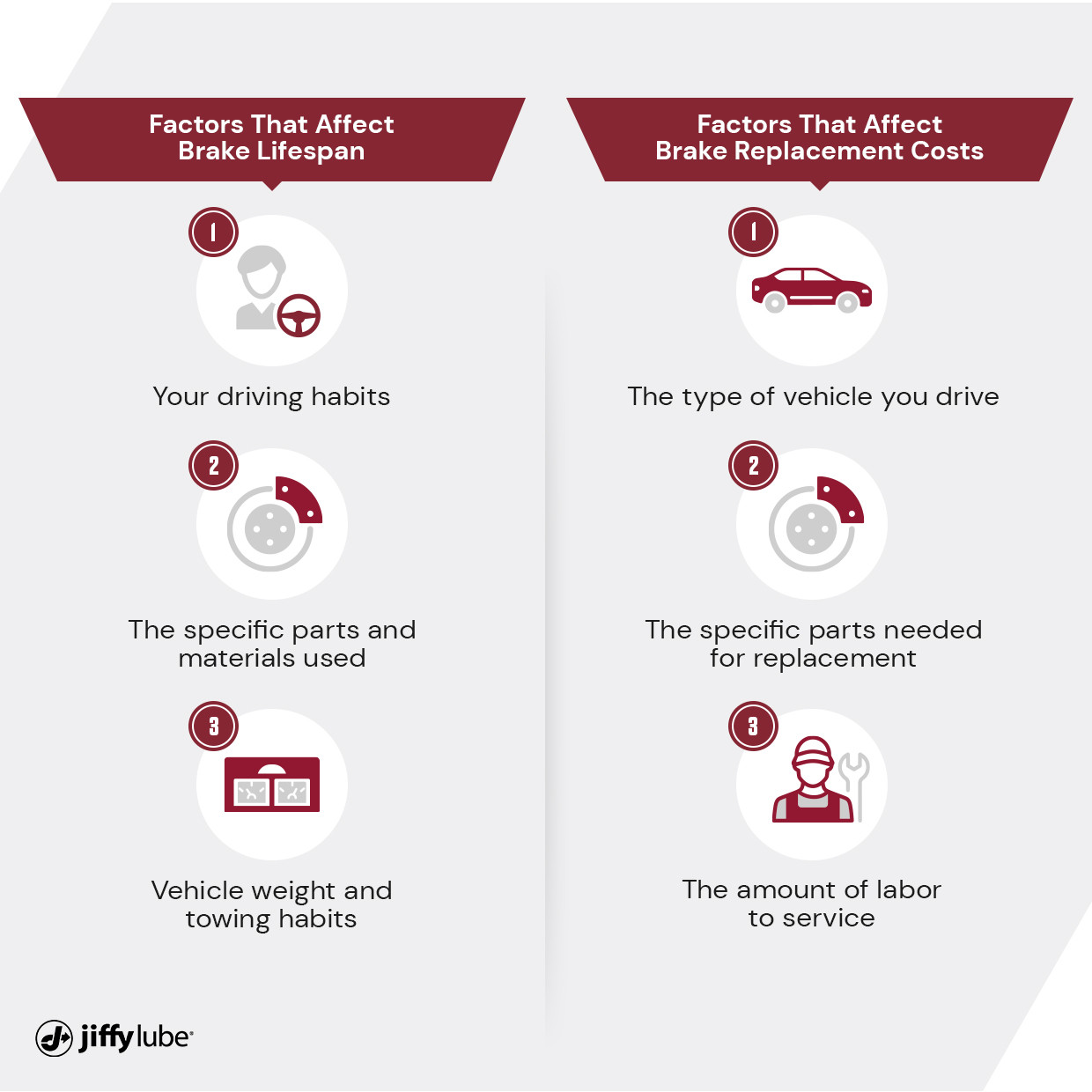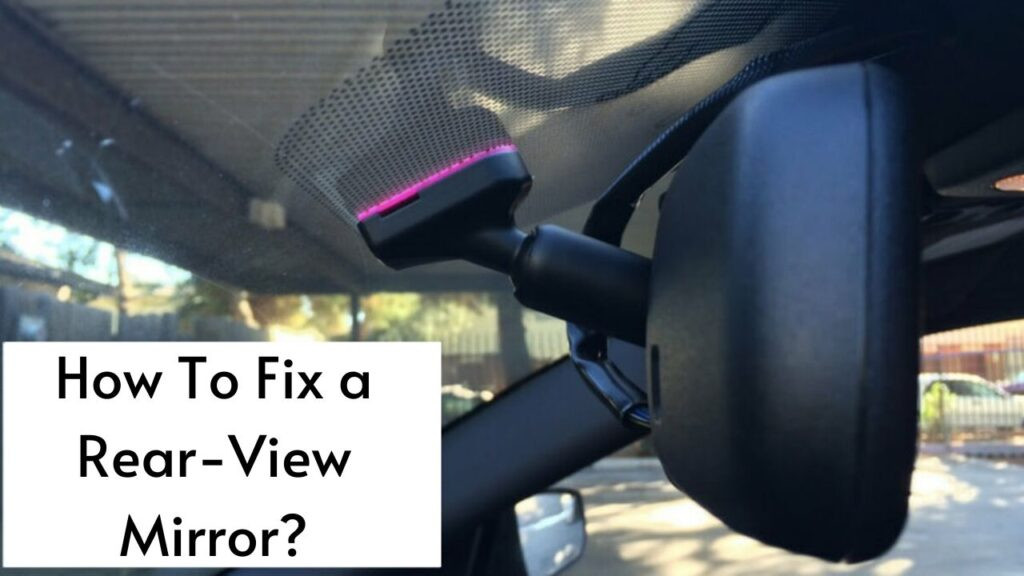How To Fix Fading Car Paint: A Comprehensive Guide

Fading car paint is a common issue, but understanding the causes and implementing proper restoration techniques can revitalize your vehicle’s appearance. CARDIAGTECH.NET is here to guide you through this process. By identifying the type of paint damage and employing the right methods, you can restore your car’s original luster and protect it from future fading, preserving its value and appeal with advanced refinishing and protection solutions.
1. Understanding the Primary Cause of Fading Car Paint
Modern car manufacturing focuses on mass production, often compromising the quality of materials like paint. While older cars emphasized durability and aesthetic appeal, contemporary vehicles generally use single-stage paint with a clear coat finish. Despite manufacturers applying multiple paint layers and using technology to detect imperfections, the paint quality is often subpar. This leads to a thin, lightweight clear coat susceptible to damage from natural and chemical elements. According to a report by the National Automobile Dealers Association (NADA), approximately 95% of vehicles now come with this paint type.
2. Major Factors Contributing to Car Paint Fading
Several factors contribute to the fading of car paint, each requiring specific preventative and restorative measures. Addressing these causes promptly can significantly extend the life of your vehicle’s paint job.
2.1. UV Rays from the Sun
Just as prolonged sun exposure can cause sunburn, the sun’s UV rays can damage your car’s paint. The heat from the sun, known as Infrared Radiation (IR), and UV radiation (specifically UV A and B) cause the paint to fade. The Insurance Institute for Highway Safety (IIHS) notes that constant exposure to UV and IR radiation leads to heat buildup, especially on flat surfaces like the hood and roof, accelerating fading.
2.2. Corrosion
For those living near the coast, corrosion is a significant concern. Saltwater exposure can lead to oxidation, which eats away at the clear coat, causing the paint to chip and peel. According to the National Association of Corrosion Engineers (NACE), regular washing and protective coatings are essential to prevent corrosion in coastal environments.
 Corrosion on a car door panel leading to paint damage.
Corrosion on a car door panel leading to paint damage.
2.3. Abrasive Cleaners and Chemicals
Using harsh cleaners with extreme pH levels can degrade the clear coat, leading to fading. It’s crucial to use pH-neutral car detailing products and gentle cleaning methods like the two-bucket method to avoid scratches. The Environmental Protection Agency (EPA) recommends using eco-friendly cleaning products to minimize chemical damage to car paint.
2.4. Contaminants and Pollution
Various contaminants, including acid rain, bird droppings, smog, industrial fallout, bug splatter, tree sap, and pollen, can cause car paint to fade. Industrial fallout, or iron-based particles, can penetrate and bond with the clear coat, accelerating paint damage. Regular detailing with an industrial fallout remover spray or clay bar treatment is recommended, especially without a robust paint protection product. Studies from the American Chemical Society highlight the importance of regular maintenance to mitigate the effects of environmental pollutants on car paint.
3. Evaluating Options for Repairing Fading Car Paint
Before attempting to fix faded car paint, it’s essential to identify the type of paint job your car has: single-stage (combined clear and pigment) or dual-stage (pigment with a clear coat). Also, determine the type of paint used, with newer vehicles typically using urethane-based paints, while custom paint jobs may use lacquers and enamels. Contact CARDIAGTECH.NET at +1 (641) 206-8880 for expert advice on identifying your paint type and recommending suitable repair solutions.
3.1. Determining the Presence of a Clear Coat
To check if your car has a clear coat:
- Check the Paint Code: Look at the paint code on the VIN plate.
- Consult the Dealership: Ask the dealership where you purchased the car.
- Perform a Test: Gently test the surface with sandpaper or paint thinner in an inconspicuous area.
If your car has a clear coat, you have options for manually improving the paint’s depth and shine. Without a clear coat, repainting or trading the vehicle may be the only viable solutions.
4. Practical Approaches to Restoring Faded Car Paint
Depending on the extent of the fading and your comfort level, you can choose between DIY repairs or professional services. CARDIAGTECH.NET offers high-quality tools and equipment to assist with DIY paint restoration, ensuring professional-grade results.
4.1. DIY Small Section Repair
This approach involves repairing only the faded sections, typically the roof, hood, and other isolated areas.
4.2. DIY Complete Paint Restoration
This involves restoring the entire paint job, even if some areas are not significantly faded, to ensure a uniform appearance.
5. Step-by-Step Guide to a Quick Fix for Faded Car Paint
Here’s a detailed guide to help you restore your car’s paint, ensuring a professional finish with the right tools from CARDIAGTECH.NET.
5.1. Step 1: Gather Essential Supplies
Before starting, ensure you have the following supplies, all available at CARDIAGTECH.NET:
- Car Buffing Compound: $20 – $50
- Car Washing Materials: $30 – $70
- Several Polishing Pads and Microfiber Buffing Pads: $15 – $40
- Electric Machine Buffer: $80 – $200
- Paint Protection (Carnauba wax for small sections, ceramic coating for the entire car): $25 – $100
- Two Buckets of Water
CARDIAGTECH.NET offers a range of high-quality buffing compounds, polishing pads, and electric machine buffers to achieve the best results.
5.2. Step 2: Thoroughly Wash the Car
Use the two-bucket method to wash the areas you will be fixing. This prevents dirt and debris from scratching the paint.
5.3. Step 3: Remove Surface Debris with a Clay Bar
After washing, use a high-quality clay bar to remove contaminants from the surface. This ensures a smooth surface for buffing. CARDIAGTECH.NET provides premium clay bar kits that effectively remove embedded contaminants without damaging the paint.
5.4. Step 4: Start the Buffing Process
Follow these steps for buffing, ensuring a restored finish:
- Soak your buffing pad with water.
- Apply buffing compound to the soaked pad.
- Apply buffing compound to the faded area of the car’s surface.
- Buff the impacted area.
- Repeat the buffing process at least three times.
- Clean off the buffer with clean water and inspect the paint.
- Once the paint looks good, apply one final round of buffing compound.
CARDIAGTECH.NET offers expert-grade electric machine buffers that make the buffing process efficient and effective.
 Applying buffing compound to a car surface.
Applying buffing compound to a car surface.
6. Protecting Your Car from Future Paint Fading
Investing in a high-quality paint coating is essential to protect your car from future fading. Nano-ceramic coatings are the best product for blocking UV rays, chemicals, and other contaminants. CARDIAGTECH.NET provides top-of-the-line ceramic coatings that offer long-lasting protection and maintain your car’s appearance.
6.1. Benefits of Nano Ceramic Coatings
Nano ceramic coatings, such as Ceramic Pro 9H, offer a semi-permanent layer of flexible glass that can be applied to clear coats, plastics, glass, wheels, carbon fiber, vinyl wraps, and paint protection film. These coatings increase your vehicle’s resale value, keep it cleaner for longer, and protect it from harmful agents that cause fading.
6.2. Maintaining Ceramic Coated Cars
Even with a ceramic coating, regular washing (every two weeks) is recommended to maintain the coating’s effectiveness and prevent buildup of contaminants. CARDIAGTECH.NET offers specialized cleaning products designed for ceramic-coated vehicles.
7. Leveraging CARDIAGTECH.NET for Your Car Paint Restoration Needs
CARDIAGTECH.NET stands out as a premier supplier of auto repair tools and equipment, providing comprehensive solutions for both DIY enthusiasts and professional mechanics.
7.1. High-Quality Products
CARDIAGTECH.NET offers a wide range of products, including buffing compounds, polishing pads, electric machine buffers, and ceramic coatings, ensuring that you have access to the best tools for your car paint restoration needs.
7.2. Expert Advice
CARDIAGTECH.NET provides expert guidance to help you choose the right products and techniques for your specific car paint needs. Contact our experienced team at +1 (641) 206-8880 for personalized assistance.
7.3. Customer Satisfaction
CARDIAGTECH.NET is committed to ensuring customer satisfaction by providing high-quality products and exceptional customer service. Our goal is to help you achieve professional-grade results with your car paint restoration efforts.
8. Understanding the Science Behind Paint Fading
To truly appreciate the importance of proper car paint maintenance, it’s beneficial to understand the scientific processes that lead to fading.
8.1. Chemical Breakdown of Paint
Paint consists of pigments, binders, and solvents. UV radiation and environmental pollutants can break down these components, leading to discoloration and loss of gloss.
8.2. The Role of Clear Coat
The clear coat is designed to protect the underlying paint layers from UV radiation and other environmental factors. However, it is susceptible to damage from acids, alkalis, and abrasive materials, which can compromise its protective capabilities.
8.3. Oxidation Process
Oxidation occurs when oxygen interacts with the paint’s molecules, causing it to lose electrons and degrade. This process is accelerated by exposure to salt, moisture, and pollutants.
9. Advanced Techniques for Paint Restoration
For those seeking more advanced techniques for paint restoration, CARDIAGTECH.NET offers a range of tools and equipment to achieve professional-grade results.
9.1. Wet Sanding
Wet sanding involves using fine-grit sandpaper with water to smooth out imperfections in the paint. This technique requires precision and skill but can significantly improve the paint’s surface.
9.2. Polishing Compounds
Polishing compounds contain abrasive particles that remove fine scratches and swirl marks from the paint’s surface. CARDIAGTECH.NET offers a variety of polishing compounds to suit different paint types and conditions.
9.3. Ceramic Coating Application
Applying a ceramic coating requires careful preparation and application to ensure proper adhesion and protection. CARDIAGTECH.NET provides expert guidance on ceramic coating application techniques.
10. Practical Tips for Maintaining Car Paint
Maintaining your car’s paint involves regular cleaning, protection, and preventive measures.
10.1. Regular Washing
Wash your car regularly to remove dirt, grime, and pollutants that can damage the paint.
10.2. Waxing and Sealing
Apply wax or sealant to protect the paint from UV radiation, moisture, and environmental contaminants.
10.3. Protective Parking
Park your car in shaded areas or use a car cover to minimize exposure to sunlight.
11. Evaluating the Cost-Effectiveness of DIY vs. Professional Paint Restoration
Deciding between DIY and professional paint restoration depends on several factors, including the extent of the damage, your skill level, and budget.
11.1. DIY Paint Restoration Costs
DIY paint restoration can be cost-effective for minor damage, but it requires an investment in tools and materials. CARDIAGTECH.NET offers affordable and high-quality tools to make DIY restoration accessible.
11.2. Professional Paint Restoration Costs
Professional paint restoration can be more expensive but offers expertise and specialized equipment for comprehensive repairs.
11.3. Balancing Cost and Quality
When choosing between DIY and professional restoration, consider the balance between cost and quality to make an informed decision.
12. Common Mistakes to Avoid During Paint Restoration
Avoiding common mistakes is crucial for achieving successful paint restoration.
12.1. Using Harsh Chemicals
Avoid using harsh chemicals that can damage the paint and clear coat.
12.2. Over-Buffing
Over-buffing can remove too much paint and cause swirl marks.
12.3. Neglecting Surface Preparation
Proper surface preparation is essential for achieving a smooth and even finish.
13. Understanding the Impact of Environmental Factors on Car Paint
Environmental factors play a significant role in the longevity and appearance of car paint.
13.1. Acid Rain
Acid rain can corrode paint and cause discoloration.
13.2. Extreme Temperatures
Extreme temperatures can cause paint to expand and contract, leading to cracking and peeling.
13.3. Air Pollution
Air pollution contains harmful particles that can scratch and damage the paint.
14. The Importance of Regular Inspections
Regularly inspecting your car’s paint can help you identify and address issues before they become severe.
14.1. Checking for Scratches
Check for scratches and swirl marks that can compromise the paint’s integrity.
14.2. Identifying Faded Areas
Identify faded areas and take corrective action to restore the paint’s appearance.
14.3. Monitoring for Corrosion
Monitor for signs of corrosion and take preventive measures to protect the paint.
15. Innovative Products for Paint Protection
Innovative products are constantly being developed to enhance paint protection.
15.1. Paint Protection Films
Paint protection films provide a physical barrier against scratches, chips, and UV radiation.
15.2. Self-Healing Coatings
Self-healing coatings can repair minor scratches and swirl marks.
15.3. UV-Resistant Coatings
UV-resistant coatings provide enhanced protection against sun damage.
16. Addressing Specific Paint Fading Issues
Different types of paint fading issues require specific solutions.
16.1. Oxidation
Address oxidation with polishing compounds and protective coatings.
16.2. UV Damage
Protect against UV damage with UV-resistant coatings and regular waxing.
16.3. Chemical Damage
Prevent chemical damage by using pH-neutral cleaning products and protective coatings.
17. Choosing the Right Paint Restoration Products
Choosing the right paint restoration products is essential for achieving the best results.
17.1. Polishing Compounds
Select polishing compounds based on the severity of the paint damage.
17.2. Waxes and Sealants
Choose waxes and sealants based on their protective properties and durability.
17.3. Ceramic Coatings
Consider ceramic coatings for long-lasting protection and enhanced gloss.
18. Maintaining a Showroom Finish
Maintaining a showroom finish requires consistent effort and the right products.
18.1. Regular Detailing
Regular detailing can help maintain the paint’s appearance and prevent damage.
18.2. Professional Inspections
Professional inspections can identify and address issues before they become severe.
18.3. Using High-Quality Products
Using high-quality products ensures long-lasting protection and enhanced appearance.
19. The Future of Car Paint Protection
The future of car paint protection includes innovative technologies and advanced materials.
19.1. Nanotechnology
Nanotechnology is being used to develop coatings with enhanced protective properties.
19.2. Sustainable Materials
Sustainable materials are being developed to reduce the environmental impact of paint production and maintenance.
19.3. Smart Coatings
Smart coatings can adapt to changing environmental conditions and provide customized protection.
20. Final Thoughts on Fixing Fading Car Paint
Fixing fading car paint is an investment in your vehicle’s appearance and value. By understanding the causes of fading, implementing proper restoration techniques, and using high-quality products from CARDIAGTECH.NET, you can keep your car looking its best for years to come.
FAQ: Addressing Common Questions About Fading Car Paint
1. What causes car paint to fade?
Car paint fades due to UV rays, corrosion, abrasive cleaners, and environmental contaminants.
2. How can I prevent my car paint from fading?
Prevent fading by washing regularly, applying protective coatings, and parking in shaded areas.
3. Is it possible to restore faded car paint?
Yes, faded car paint can be restored using polishing compounds, waxes, and ceramic coatings.
4. What is the best type of paint protection?
Nano ceramic coatings offer the best protection against UV rays, chemicals, and environmental factors.
5. How often should I wash my car to prevent fading?
Wash your car every two weeks to remove dirt and pollutants.
6. Can DIY paint restoration save me money?
Yes, DIY paint restoration can save money, but it requires an investment in tools and materials.
7. What are the signs of car paint fading?
Signs include discoloration, loss of gloss, and surface oxidation.
8. How do I choose the right products for paint restoration?
Select products based on the type of paint damage and the desired level of protection.
9. Are professional paint restoration services worth the cost?
Professional services offer expertise and specialized equipment for comprehensive repairs.
10. What is the role of clear coat in paint protection?
Clear coat protects the underlying paint layers from UV radiation and environmental factors.
Ready to restore your car’s paint to its former glory? Contact CARDIAGTECH.NET today at +1 (641) 206-8880 or visit our website at CARDIAGTECH.NET for expert advice and high-quality auto repair tools. Our team is ready to help you find the perfect tools and equipment for your car paint restoration needs. Don’t wait – revitalize your vehicle’s appearance now and drive with pride! Visit our showroom at 276 Reock St, City of Orange, NJ 07050, United States, or reach out via Whatsapp for immediate assistance. Your car deserves the best, and CARDIAGTECH.NET is here to deliver.





